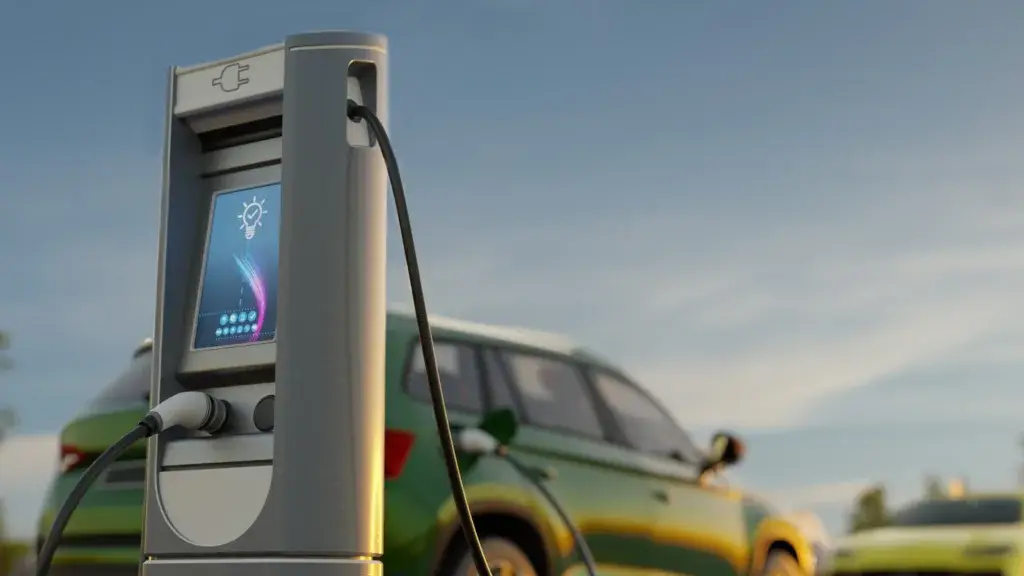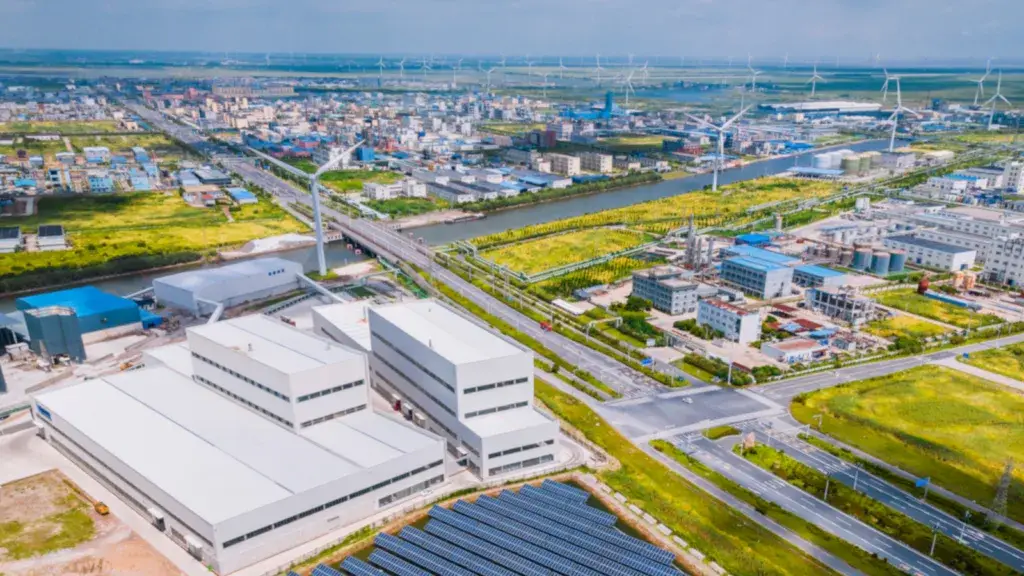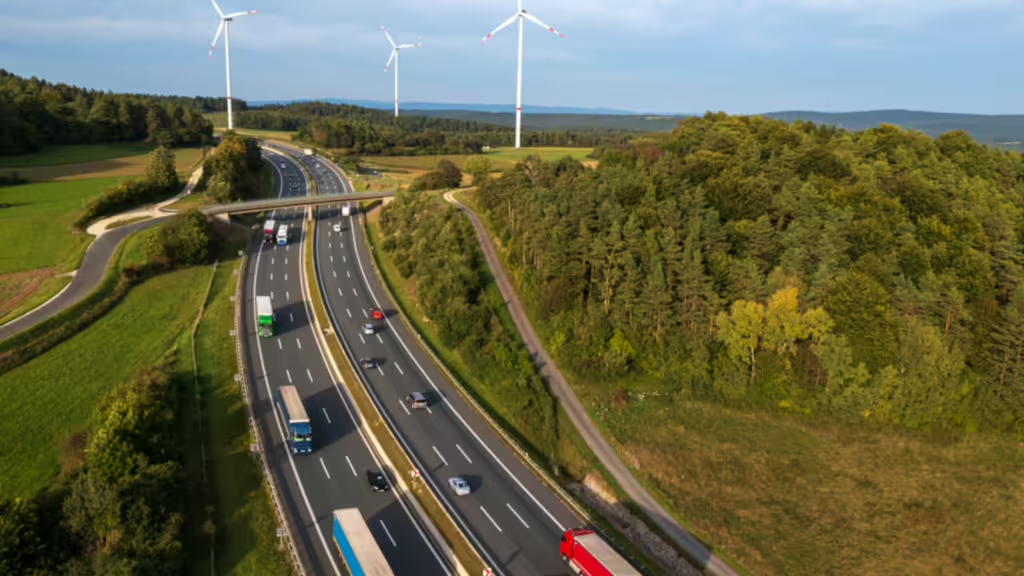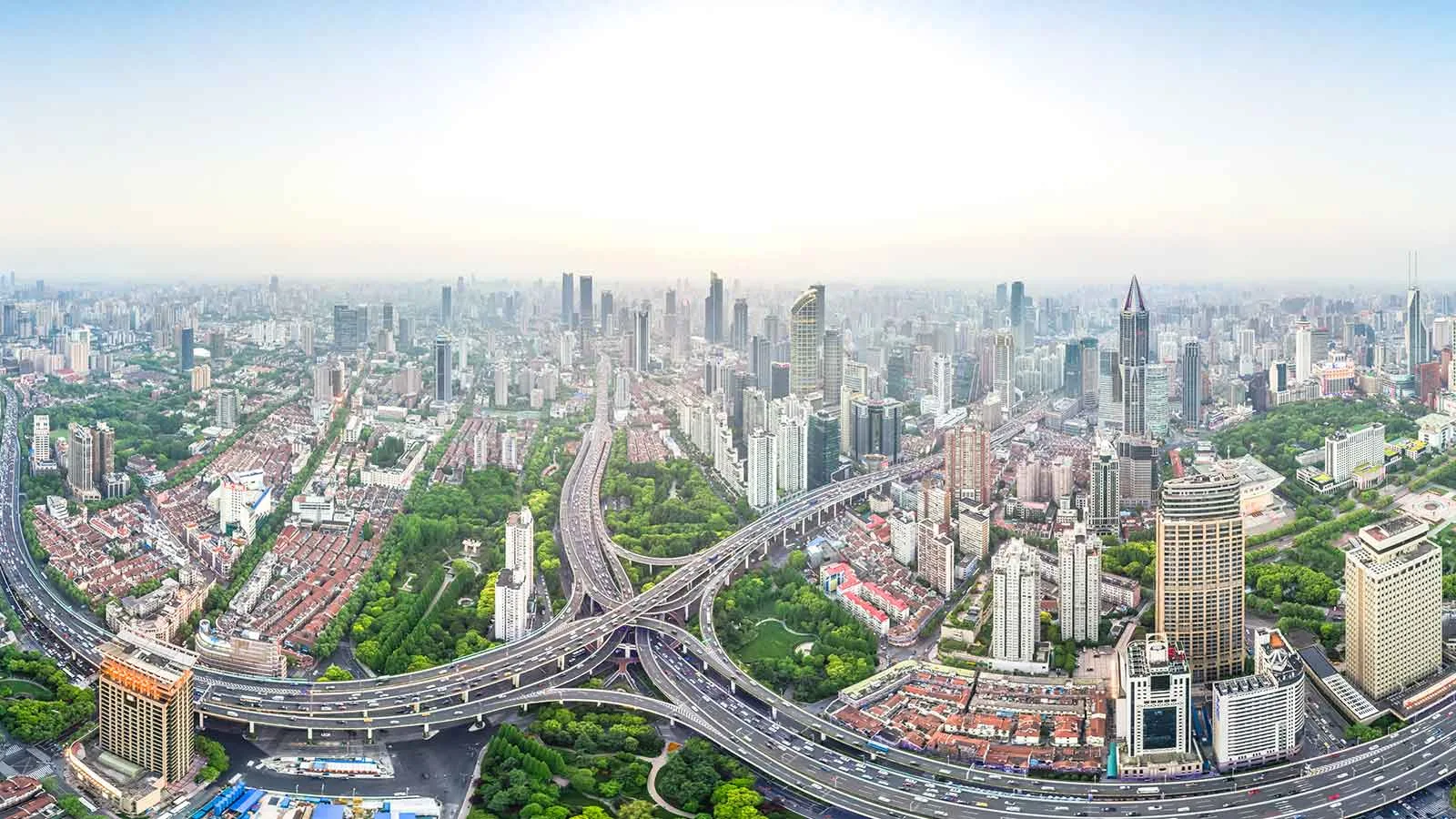Achieving the Paris Agreement climate goals means rethinking transport systems. Electrification alone won’t suffice – efficiency and modal shifts are critical as freight and passenger mobility demand increases.
In May 2025, 1200 global transport leaders gathered in Leipzig, Germany for the International Transport Forum (ITF) Summit 2025 and explored collective strategies to fortify transport systems against the challenges of climate change, infrastructure disruptions, and geopolitical crises.
At the ITF Summit, WBCSD, Arcadis, and Fujitsu highlighted how corporates and governments can use digital solutions to promote multimodal, sustainable and resilient transport and mobility.
Multimodal mobility: driving decarbonization and resilience
Multimodal mobility – the integration of various transport modes like walking, cycling, public transit, and shared mobility—is a cornerstone of resilient mobility systems. Mobility providers and transport planners can optimizethe use of shared and public mobility by concentrating services in mobility hubs. Drawing on data from various sources, including travel and bike-share data, WBCSD members Arcadis and Fujitsu demonstrated how mobility planners and providers can improve predictability, reduce investment risks and increase effectiveness of mobility hubs.
The project involved using digital tools, including digital rehearsal[1, 2], to test how different transport planning scenarios promote multimodal and sustainable commuting to London from the town of Reading. By optimizing mobility hub deployment, the study revealed reductions in CO2 emissions of up to 12.6% and a 13.5% increase in hub usage. Beyond emissions, multimodality builds resilience by offering diverse, flexible transport options. This adaptability minimizes the impact of disruptions and reduces reliance on single-mode systems.
Designing transport and mobility that withstand global shocks
During widespread power outages in Spain and Portugal earlier this year, it was highlighted at the summit how public transport chaos could have been further alleviated through active travel options like walking or cycling. In the Netherlands, where cycling infrastructure is world-class, active travel contributes not only to decarbonization but also builds resilience by benefiting public health – adding an estimated half-year to life expectancy.
During an interactive session at ITF 2025, participants shared the biggest shocks to transport systems and the data needed to mitigate them:
- Geopolitical events: Conflicts, policy changes, and mass migrations.
- Natural disasters: Heatwaves, floods, earthquakes, and pandemics.
- Infrastructure failures: Power outages, satellite disruptions, and cyberattacks.
- Supply chain disruptions: Battery shortages and freight disruptions.
Public-private partnerships and cross-sector collaboration are essential to anticipate and address transport system vulnerabilities. Resilience isn’t just about adapting to shocks – it’s about proactively designing systems that can withstand them. Critical data needs highlight opportunities for digital collaboration to enhance resilience by design:
- Infrastructure & resources: Grid strength, renewable energy availability.
- Environmental & geographic factors: Weather patterns, drought trends, topographic data, and space weather conditions.
- Economic & industrial indicators: Historical supply chain activity, inventory levels, industry hub locations.
- Mobility insights: Transit network ridership and localization data.
- Asset & human capital: Digital IDs, historical maintenance records, manpower availability.
Collaborative Approaches are Crucial for Building Resilient Transport
As global shocks become more frequent, transport systems must adapt. Closing the gap on decarbonization and resilience requires collaboration. Multimodal systems are inherently complex, spanning social, economic, and environmental dimensions. Collaborative approaches—like those between WBCSD, Arcadis, and Fujitsu—are essential to integrating sustainability and resilience into transport planning.
Members of the Transport & Mobility sector at WBCSD highlighted how digital collaboration could accelerate adoption of Mobility-as-a-Service and for Electric Vehicle Charging Infrastructure (EVCI), the latter being deployed to optimize EVCI deployment for e-trucks in India.
This community forms regional cross-value chain coalitions with a collective mission to achieve 25% CO2 emissions reduction for the transport sector by 2030 while producing social and environmental value.
Join us in shaping the future of resilient and sustainable transport and don’t miss out on our upcoming events and activities where you can collaborate with industry leaders and innovators. Contact Esther Perrin, perrin@wbcsd.org.
[1] Digital innovation is pivotal to multimodal transport planning. Arcadis’ Smart Atlas tool, a Geographic Information Systems (GIS) mapping solution, integrates demographic and transportation data to identify local mobility needs. It supports strategic planning by pinpointing where mobility hubs or active travel infrastructure can have the greatest impact.
[2] Fujitsu’s sustainable mobility solution powered by Social Digital Twin technology further amplifies strategic transport planning. By combining AI with behavioural science, it simulates scenarios taking into consideration of human behaviours —allowing transport planners to test strategies, develop evidence-based policies, and enhance system adaptability. Together, these tools—both implemented on the South-East UK Multimodality Study—empower stakeholders to make data-driven decisions that optimize sustainability and resilience.
Outline
Related
Content

Companies unite to advance freight and passenger zero-emission vehicles in Mexico, signaling demand for more than 17,000 electric vehicles by 2030
14 November, 2024

WBCSD’s Center for Decarbonization Demand Acceleration and ITA Launch Green Purchase Toolkit at COP29
14 November, 2024

22 businesses meet to stimulate investments in zero-emission freight corridors
30 September, 2024
